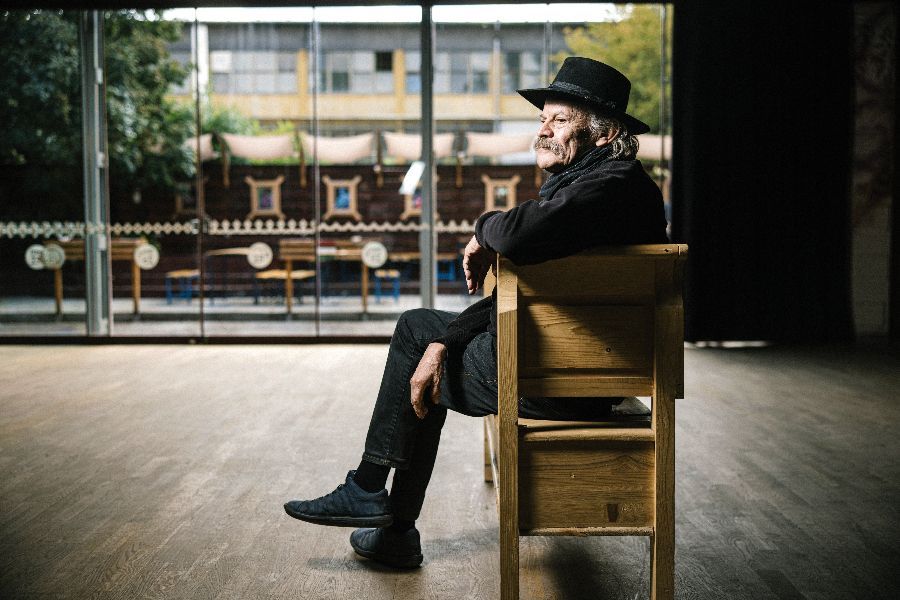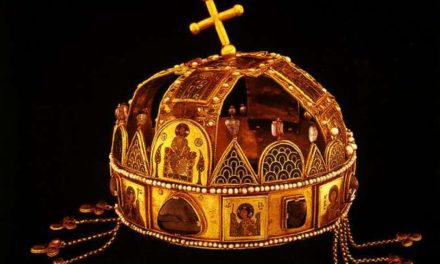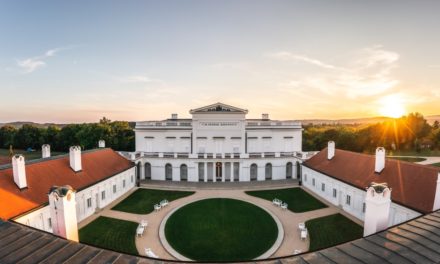Muzsikás made Hungarian folk music accepted all over the world as an independent musical genre.
Péter Éri, the iconic figure of Muzsikás, has passed away.
Our dear friend, God be with you!”
- writes social media page .
As they put it: "We share the deep pain of Péter Éri's family, our sincere condolences! May God rest in peace, Pityu, always with you in spirit!"
Péter Éri was born in 1953 in Budapest. Ferenc Liszt and Kossuth Prize-winning ethnographer, folk musician, singer, composer of music and lyrics. Since 1975, he has been the bassist of the Sebő band, and since 1978 he has been a member of Muzsikás. His instruments: viola, contra, mandolin, flutes.
Mandiner did a big interview .
We met in Fono, at first he looked at me suspiciously, but as we progressed in the conversation, he became more and more relaxed and cheerful, and the old stories just flowed out of him.
He told me: The revolution hit him at the age of three, as a small child in Budapest
"I remember we were sitting in an inner room of the apartment with the adults, which was an unusual situation. We all pulled into one place, of course I didn't understand why at the time. It still remains that at some point during this time I was hospitalized, and everyone in the building was moved down to the basement. My grandmother was there, she was just visiting, and she couldn't go home because of the events on the street. Since I didn't really want to go down to the basement with the others, grandma and I stayed in the ward.
And then suddenly they shot through the window.
Well, then we went down. I remember it was almost dark, one of his nurses brought an orange on a plate and distributed it among the children. Even now I can see before me how the orange glowed in the semi-darkness"
- the folk musician then recalled his childhood memories.
György Martin and Péter Éri
Péter Éri's mother was an ethnographer and taught folk dance. Over time, she divorced her husband, the archaeologist and historian István Éri, and in 1963 she married the famous György Martin. "It turned out that I knew the whole group of dance folklorist friends from a very young age," Péter Éri told our newspaper.
"My foster father basically experimented on me to see if a child who grew up in a purely urban environment could embrace the village traditions so that it was not a learned choreography, but a living language of dance"
he once said.
Looks like it worked, I remarked to her as she burst out laughing.
"Yes, but it was basically a game. At that time, György Martin threw himself into filming the boyish dances of Kalotaszeg, which later became one of his main research topics. Using the music recordings made in Méra in Kalotaszeg in 1961-62, we started to learn lads - first only simple figures, then we strung several figures together, and then we also learned closing elements. So I slowly got somewhere.
On Christmas 1963, when they went to Méra again, they took me with them,
and it was no fairy tale, I had to present my science there right away. When the Mera musicians came to say Christmas to the family where we were staying, they made us dance. The situation was that at that time the local youth - people my age - were no longer very interested in the dance, almost only the older generation could dance. My rudimentary dance, on the other hand, pleased the old primate so much that when my newly made friends and I appeared at the Christmas dance party the next day, he simply stopped dancing and started making the young man play music. This was my first dance competition. That same year, I won a national art troupe organized for pioneers with my boyish dance. Moreover, the boyish melody of Forgácskút - which was one of my favorites - was played by my classmate, András Schiff, who later became a pianist," he recalled.
He told about his first collection like this:
"I must have been five years old when we went to film with György Martin and my mother, Jolán Borbély, at the gypsies in Óbuda, Czillaghegy. I remember that I could write then, so I could write the numbers on the clapboard. Later in Felvidék, and during the late Tuesday collection, I was able to handle the tape recorder."
Péter Éri highlighted:
his favorite landscape has always been Kalotaszeg.
"Because my childhood experiences also add to it. Lifelong friendships were made there, and we also baptized my daughter Kati there, in Méra," he noted in his last interview with our newspaper.
In addition to ethnography, Péter Éri also graduated in Romanian language and literature. When asked, he then revealed:
"It's not a problem if someone not only learns world languages, but also learns the language of a neighboring country. Something like that was in my head when I applied. I hoped that knowing the Romanian language would come in handy, it would help me if I became an ethnographer."
The legendary musician started in the band Sebő, first as a guitarist, and then, as he put it, after it turned out that the guitar would never become a viola, he learned to play the viola.
The years of Muzsikás
"I've known Misi Sipos since I was a child, Sanyi Csoóri and I became friends in our youth, even before we both started playing music. When the band Muzsikás started to form, I was there with them, but only then did I officially play with Sebőés. A circle of musicians formed around the Bartók Dance Ensemble, because even though Sebő and Halmos were the first to cast their vote there, it was clear that they would not be able to stand going to dance rehearsals three times a week, and then to performances. So they started forming a small circle around themselves. This included Mihály Sipos and Dániel Hamar. As a couple, in addition to playing music, we were active dancers of the Bartók Dance Ensemble - me, Sanyi Csoóri, and maybe even Márti Sebestyén," Péter Éri recalled in the life journey interview.
He put it like this:
Muzsikás made Hungarian folk music accepted all over the world as an independent musical genre.
"Perhaps he gained certainty from the fact that Hungarian folk music can take its place on any stage in the world - from pubs to small clubs to the world's largest and most famous concert halls," he concluded.
According to him, Péter Éri was greatly influenced by the band's tour in India, about which he said:
"It was a great experience. On the one hand, because we attended a festival where we heard real Indian folk music, not the kind of classical music played on the sitar that people usually know. On the other hand, the country itself had an amazing effect on me - to see that there is a different kind of life, not just like ours here in Europe. People live in completely different living conditions and do not seem unhappy. Just as it behooves Muslims to go to Mecca once in their life, so too
every European would be sent to India once.
Péter Éri's two children - Kati Éri and Marci Éri - are also folk musicians. During the life course interview, we also inquired about whether this is a paternal influence.
"Not really. Apparently, I had so many roles in it that even when they were standing in the nursery, I did all kinds of things: I sang, played the violin, played the harmonica. It is interesting that, despite this, when my son Marci started school, he sang horribly falsely. Then I was saddened that it shouldn't be like this. But then a new singing teacher came to them, and interestingly, the child got hearing and started to sing beautifully and clearly. After that, he himself asked, "Dad, please admit me to the Folk Music School in Óbuda with Sanyi Csoóri". Later, we also took my daughter Kati there, she played the cello. For a while it seemed to him that he was going to deal with some branch of fine art, finally he backed out and took out the instrument again. She has been playing the bass since then, and very well, and the boys also like it, which is rare, because the double bass is not really for women. You also have to use muscle power there. They are very talented children," said the proud father about his children.
God rest Péter Éri!
Featured image and source: Mandiner (Photo: Árpád Földházi)












